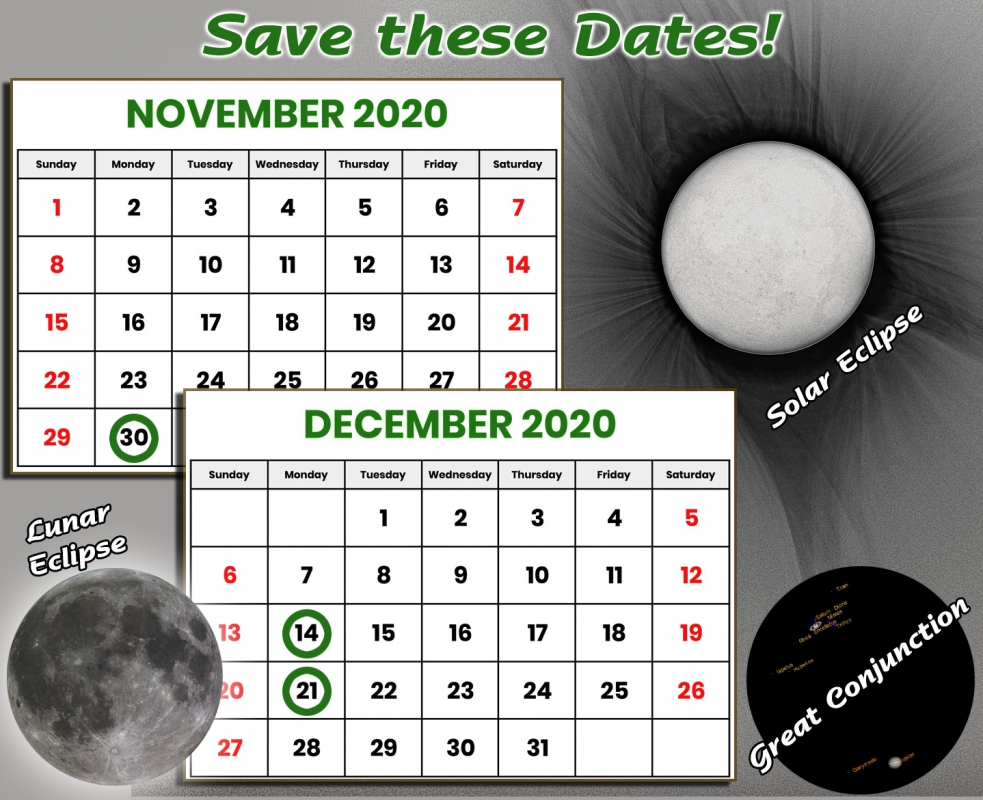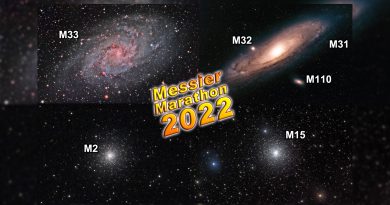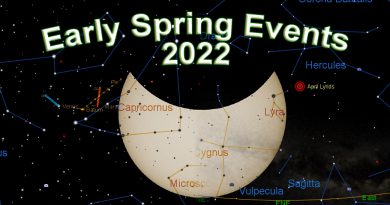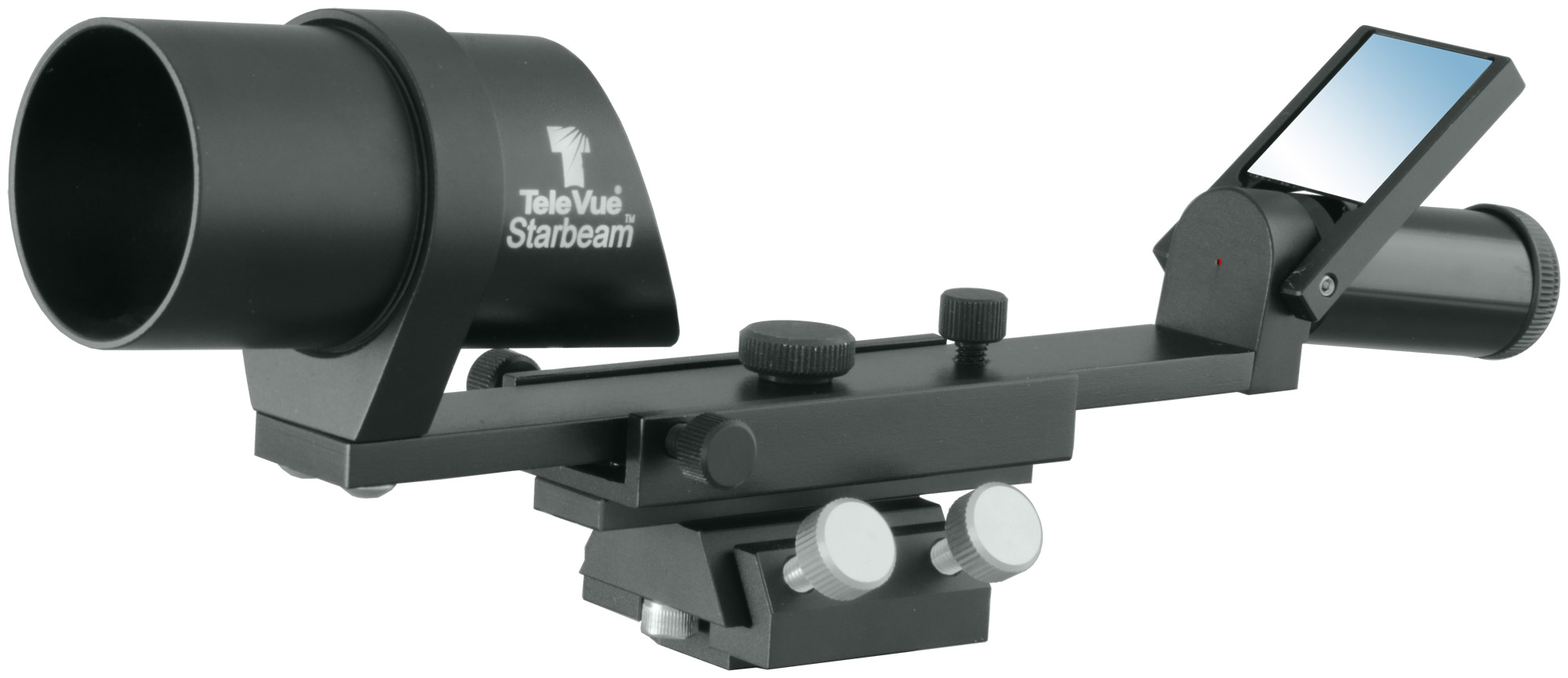Late-2020 Sky Events!
Is it just us or did it seem that 2020 was a longer than usual year? Yet while both the year and big Mars Opposition are waning, we can still look forward to some astronomical sights and surprises in the “20/20” sky. We list them in this week’s blog.

This is the last in a series of four penumbral lunar eclipses for the year. (There can at most be five lunar eclipses of any type in a year.) A penumbral eclipse occurs when the Moon passes through the edges of Earth’s shadow, darkening it only slightly. There will be no dramatic “bite” taken out of the Moon and it won’t turn the color of “blood.”
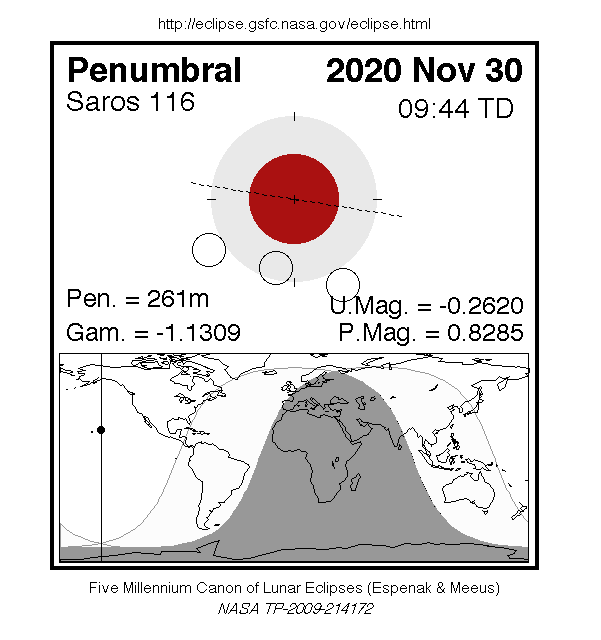 This eclipse is fully visible in most parts of North America except for a bit of the northeast, which will see an eclipsed Moon fall below the horizon at sundown. Northern Japan, the Korean peninsula, and the Russian far east will also see the whole show. South America, China, Australia, and the Philippines will see part of it. Africa, Antarctica, and parts of western Eurasia will miss out completely. The maximum eclipse will be at 9:42:49 UT.
This eclipse is fully visible in most parts of North America except for a bit of the northeast, which will see an eclipsed Moon fall below the horizon at sundown. Northern Japan, the Korean peninsula, and the Russian far east will also see the whole show. South America, China, Australia, and the Philippines will see part of it. Africa, Antarctica, and parts of western Eurasia will miss out completely. The maximum eclipse will be at 9:42:49 UT.

The best way to prove to your friends an eclipse took place at all is with a time-lapse video showing the Moon “dipping its toes” into the Earth’s shadow. A smartphone with a time-lapse app makes it easy to do this. To reasonably enlarge the size of the Moon, you’ll need to image through your telescope with the smartphone. We recommend using the sturdy clamp-arms of Tele Vue’s FoneMate™ connected to a compatible low-power Tele Vue eyepiece. A tracking mount for your scope will help keep the Moon in view during the time-lapse.
The center path-line for the December 14th total eclipse travels mostly over the southern Pacific and Atlantic oceans. The only major landfall is through a narrow strip of Chile and Argentina in southern South America. The eclipse then crosses the ocean and ends right off the coast of Namibia. However, people on land there will see only a partially eclipsed Sun setting over the ocean. The maximum eclipse will be at 16:13:28 UTC.

A partial eclipse will be visible to a large swath of South America for thousands of miles on either side of the line. While Brasilia, Brazil, at the extreme northern limit of visibility will only experience a slight dimming of the Sun (8.5%), the major cities of Lima, Peru and La Paz, Bolivia will see 17% obscuration, and Rio de Janeiro, Brazil will see almost 30% of the Sun blocked. To the south, Tierra Del Fuego, Argentina, at the tip of the South American continent will experience 50% of the Sun occulted by the Moon. The Moon’s shadow will also reach the research stations on the Antarctic Peninsula before the Sun escapes from the Moon’s shadow.


Tele Vue-76 is a 76-mm diameter objective, 480mm focal length, f/6.3, APO (Doublet) refractor that combines compact size with APO optical performance and 2″ eyepiece capability. The maximum field-of-view is an almost binocular-like 5.5° with our 41-mm Panoptic (11.7x) or 55mm Plössl (8.7x). The 5.0° field-of-view of the 31mm Nagler (15.5x) is another option for wide-field/self-finder use. The 2″, 10:1 dual speed, rack-and-pinion focuser features dual tension adjustment screws on the drawtube and dual lock screws on the end-ring. The OTA includes a sliding metal dew shield and screw-on metal lens cap. Available in tough, durable, powder-coated ivory or green tube colors. A custom-fitted padded case with room for accessories is included. The latitude of power and field afforded by this scope allows you to explore astronomical, spotting, and birding targets with the same scope. Available in ivory or green tube, all Tele Vue telescopes come with a 5-year Limited Warranty.
 Optional Tele Vue-76 Accessory Package (TVP-3066) adds 3″ tube ring- with mounting threads, a telescope balance aid bar that allows for a greater range of shifting the OTA over the mount (great when trying to balance binocular viewers or heavy eyepieces and cameras), 2″, 90° Everbrite dielectric (99%, 1/10-wave) coated mirror diagonal with 1¼” eyepiece adapter and brass clamp rings, and 18.2-mm DeLite eyepiece with 20-mm eye-relief that yields 2.3° true field of view at 26x in the Tele Vue-76.
Optional Tele Vue-76 Accessory Package (TVP-3066) adds 3″ tube ring- with mounting threads, a telescope balance aid bar that allows for a greater range of shifting the OTA over the mount (great when trying to balance binocular viewers or heavy eyepieces and cameras), 2″, 90° Everbrite dielectric (99%, 1/10-wave) coated mirror diagonal with 1¼” eyepiece adapter and brass clamp rings, and 18.2-mm DeLite eyepiece with 20-mm eye-relief that yields 2.3° true field of view at 26x in the Tele Vue-76.If traveling to South America from abroad, make sure to read up on the COVID-19 restrictions as they vary by country. As of this writing, some nations were very restrictive (COVID-19 test, quarantine required, government or medical travel only, etc.) and others were allowing travel at will.
Jupiter and Saturn have been drawing closer and closer together in the evening sky. A week after the total eclipse, on December 21, they’ll be in conjunction and slightly more than 6-arc minutes (a little more than 1/10 of a degree) apart. This means that even in large scopes they will be within the same field of view of a high-power eyepiece. You’ll be able to see the bands of Jupiter and the rings of Saturn at the same time. This is a very rare event and you must see it if at all possible!
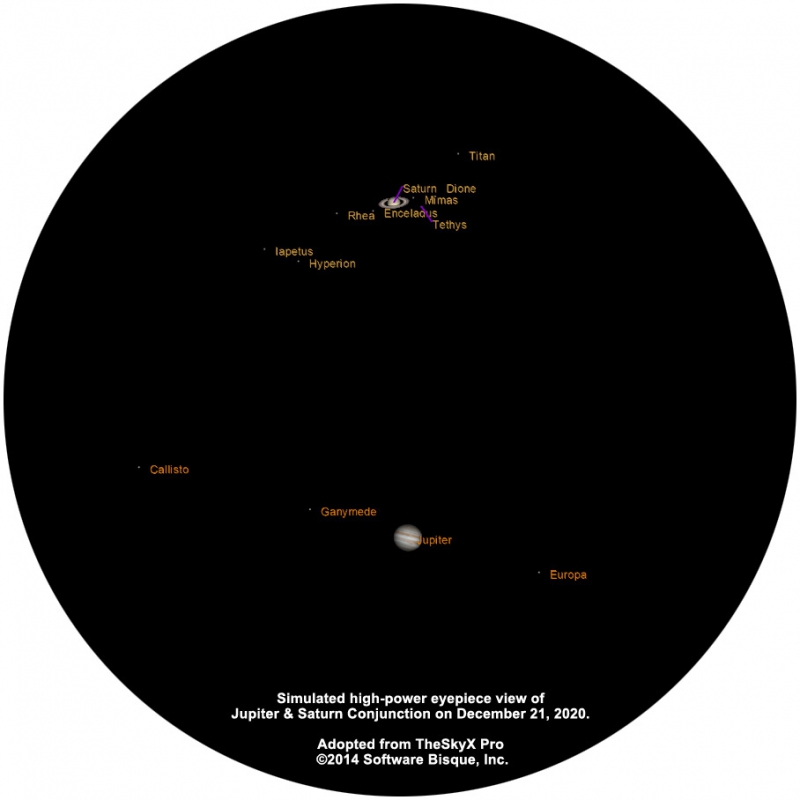
The down-side of this spectacular event is that the planets are drawing nearer to Sol and will be 30° from the setting Sun on the day of the conjunction. So you won’t have much time in the evening to enjoy the show. Being in the vicinity of -20° Declination, the planetary duo will be highest in the sky in equatorial regions. From London, the planets will be less than 15° above the horizon in the south-western sky at sunset. From the equator, at sunset, the story is better with the conjunction 29° above the horizon. From mid-southern latitudes, including Tasmania and the San Matias Gulf of Patagonia, the pair will be 19° in altitude as the Sun plunges below the horizon.
- To see total solar eclipse images made with Tele Vue gear, read and follow the links on our blog post: Flashback: Great American Eclipse Aug. 21, 2017.

